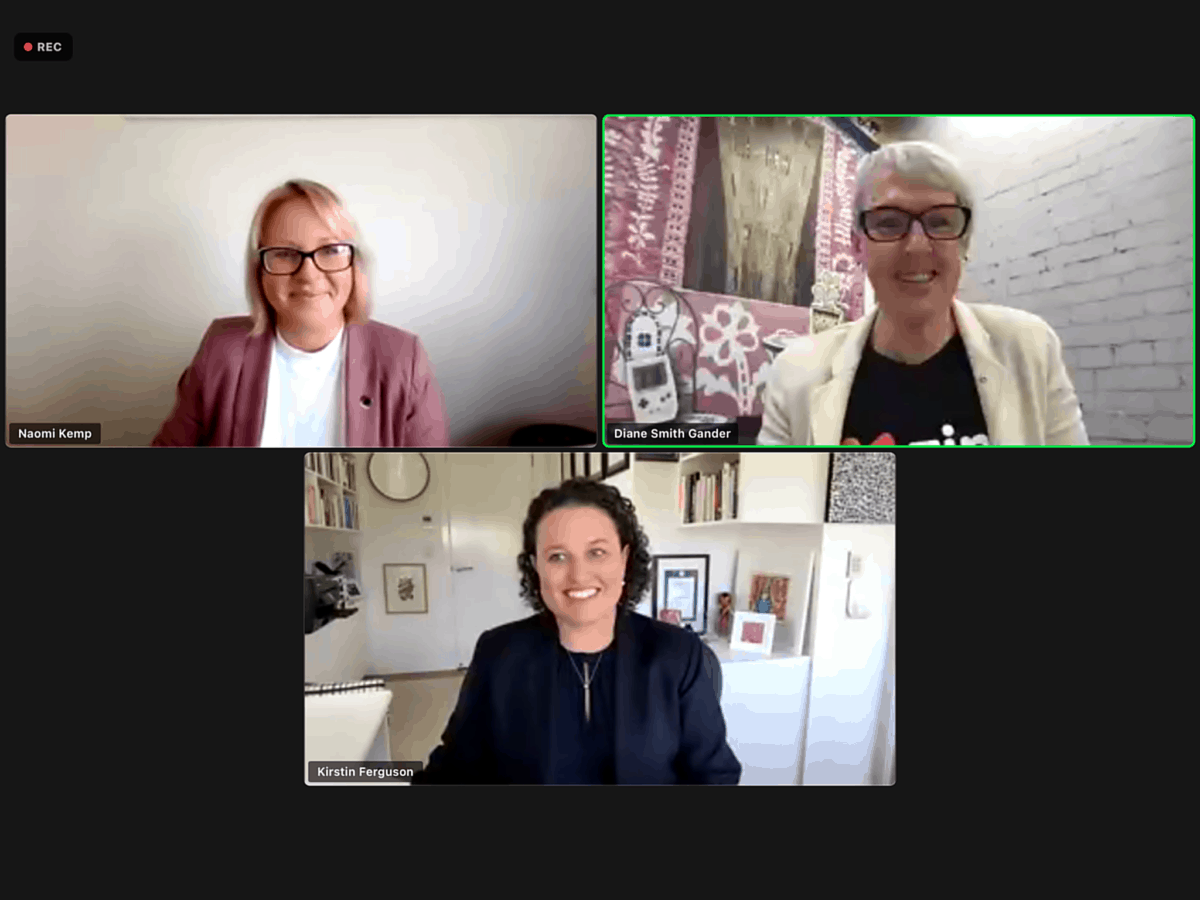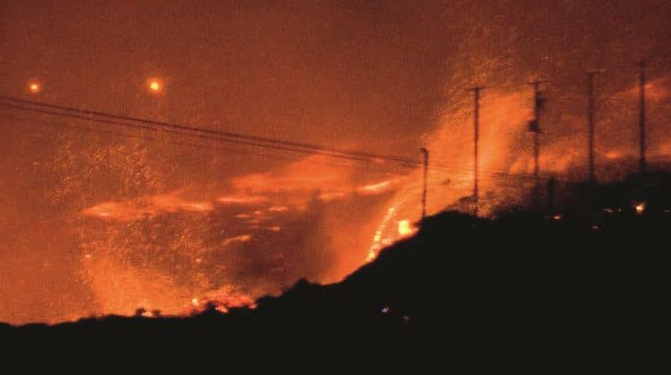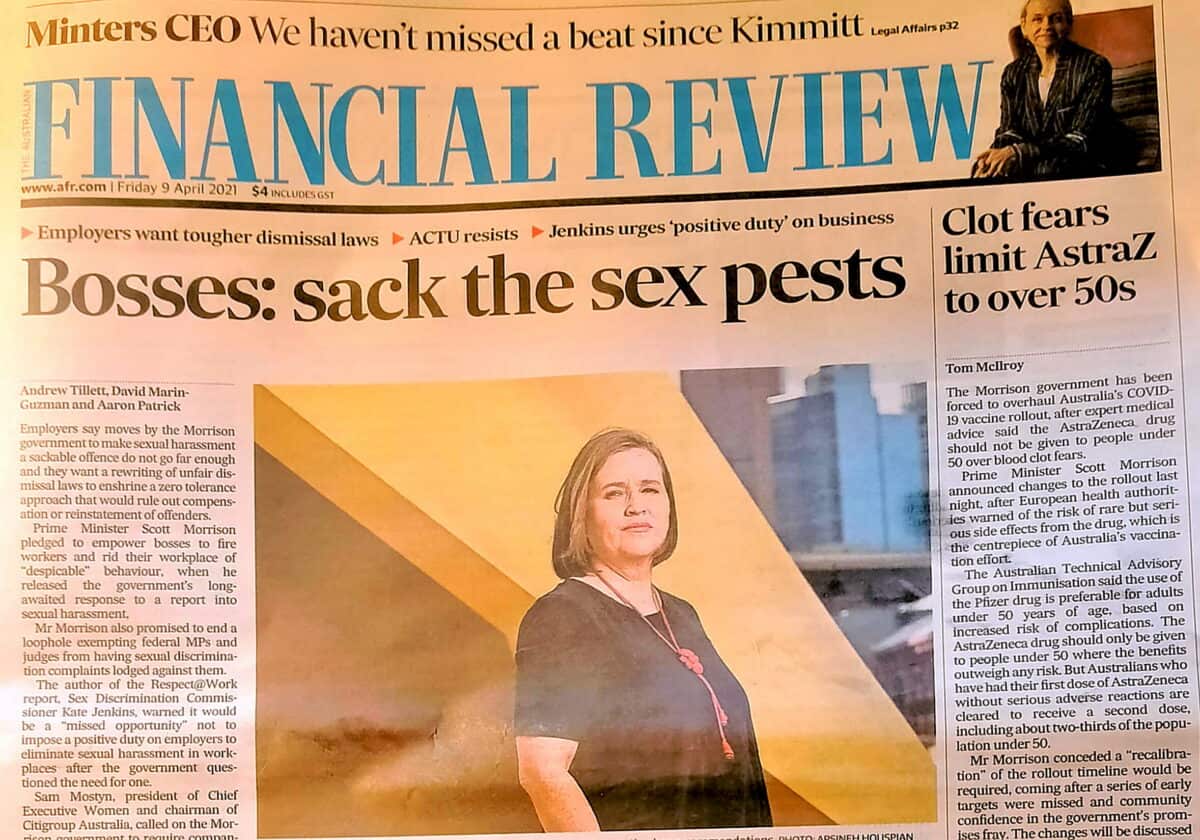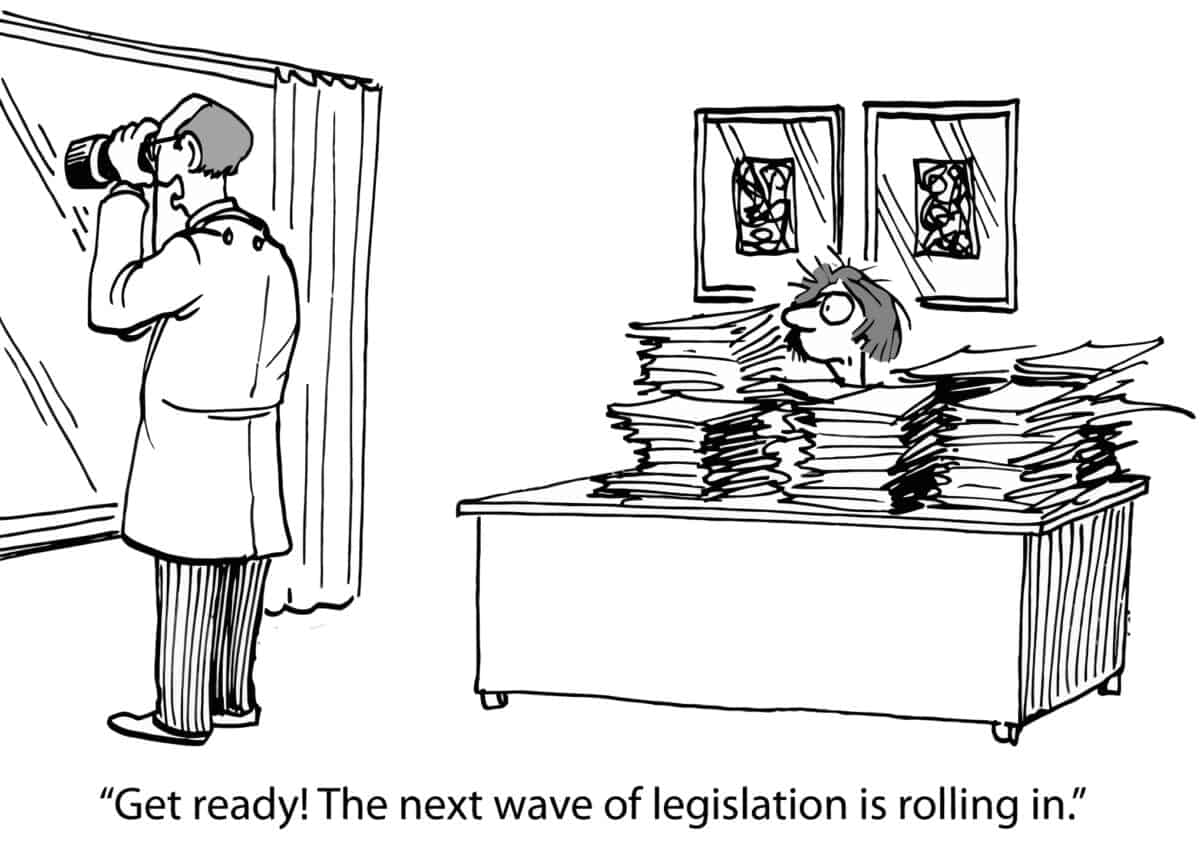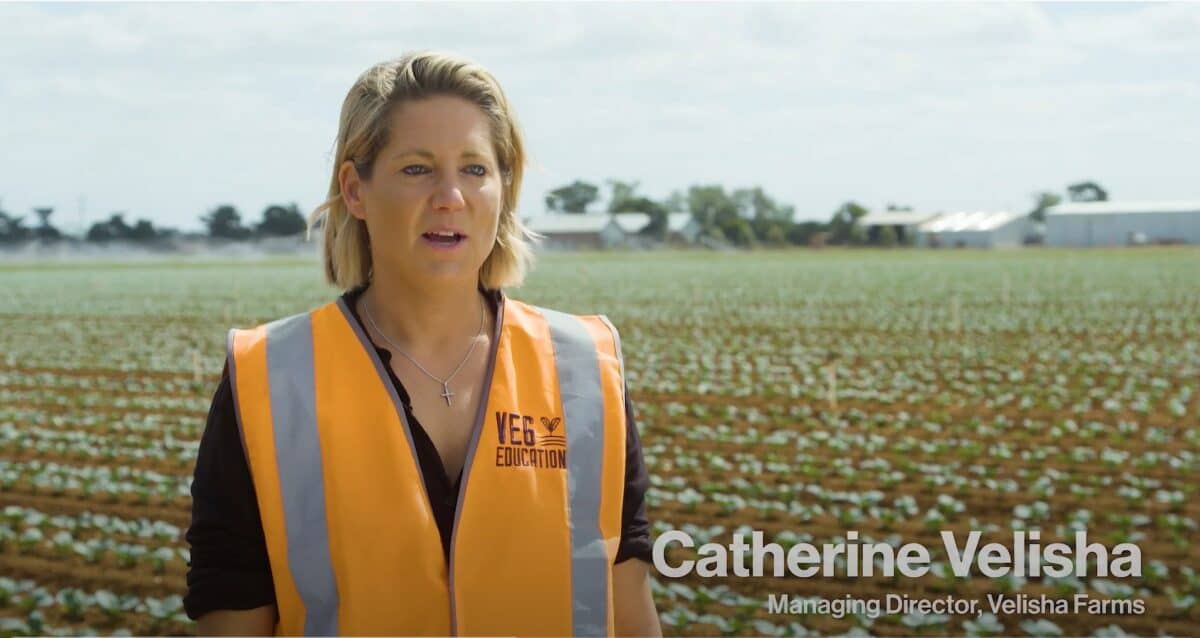There has always been an overlap between environmental safety and occupational health and safety (OHS). This has happened not because of any particular similarity between the two disciplines but rather because of company executives’ duties, responsibilities, and accountabilities.
A recent report produced through the Centre for Policy Development (CPD) says this about climate change responses:
“Care needs to be taken to ensure that climate-related targets and analysis are rigorous, underpinned by appropriate governance, strategy and action, reflected in financial statements as required.”
Replace “climate” with “OHS”, and the overlap is clear. This is particularly important at this time when Australia is preparing its next national OHS strategy.


